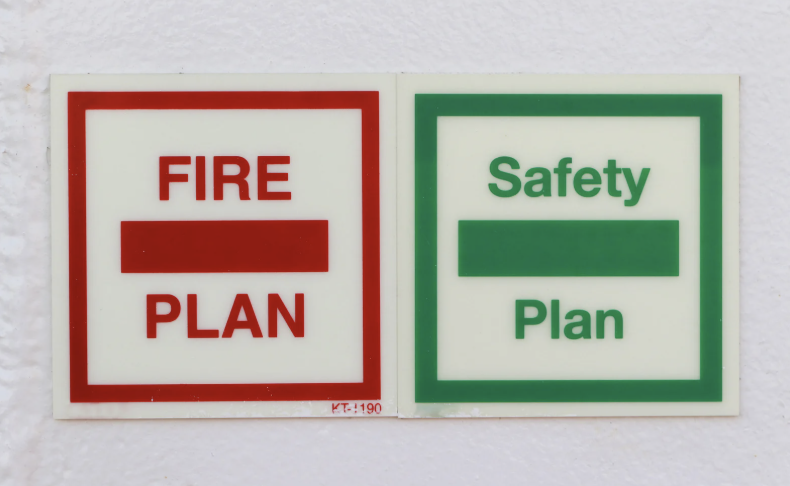Top 10 Workplace Safety Hazards and How to Prevent Them
by Irwin's Marketing Team, on Apr 21, 2025 10:58:51 AM
Every year, thousands of workers across Canada and the U.S. are injured due to preventable safety hazards. While no workplace is entirely free of risk, understanding and proactively addressing the most common hazards is a key step in building a safer environment for everyone.
In this article, we’ll explore the top 10 workplace safety hazards and offer actionable tips on how to mitigate them.
1. Slips, Trips, and Falls
Slips and trips are among the most reported workplace injuries. Wet floors, loose mats, poor lighting, or cluttered walkways all contribute to these accidents.
How to prevent it:
- Keep floors dry and clean
- Use non-slip mats and proper signage
- Ensure adequate lighting and clear walkways
2. Falls from Height
This is one of the leading causes of workplace fatalities, especially in construction and maintenance.
How to prevent it:
- Provide fall protection training and equipment
- Use proper scaffolding, harnesses, and guardrails
- Inspect ladders and elevated workspaces regularly

3. Improper Use of Equipment
Heavy machinery and tools can become dangerous when used incorrectly or without proper training.
How to prevent it:
- Train workers on safe equipment use
- Perform regular maintenance and inspections
- Post clear operating instructions and warning labels
4. Ergonomic Injuries
Repetitive strain injuries and poor workstation setups can lead to chronic pain and reduced productivity.
How to prevent it:
- Adjust workstations to promote good posture
- Encourage stretching breaks
- Provide ergonomic tools and chairs

5. Electrical Hazards
Faulty wiring, exposed cords, or improper use of extension cables can result in shocks or fires.
How to prevent it:
- Inspect cords and outlets regularly
- Train employees on electrical safety
- Hire licensed electricians for repairs
6. Fire and Explosion Risks
These hazards are more common in industries that handle flammable materials or have poor ventilation.
How to prevent it:
- Store chemicals safely and label them properly
- Maintain fire suppression systems
- Train staff on fire response and evacuation procedures

7. Confined Spaces
Many workers are injured or trapped in confined spaces that weren’t properly assessed or monitored.
How to prevent it:
- Use a confined space entry permit system
- Monitor air quality and use retrieval equipment like Dragon Hooks
- Train teams in confined space awareness and rescue
8. Exposure to Harmful Substances
Inhalation or contact with hazardous substances can lead to long-term health issues.
How to prevent it:
- Provide PPE like gloves, masks, and goggles
- Follow WHMIS standards
- Ensure proper ventilation

9. Workplace Violence or Aggression
Incidents of aggression or physical conflict can happen even in low-risk environments.
How to prevent it:
- Implement clear workplace conduct policies
- Provide conflict resolution training
- Encourage incident reporting and support
10. Fatigue and Overexertion
Long hours, stress, and physical strain increase the risk of accidents and poor decision-making.
How to prevent it:
- Schedule adequate rest periods
- Educate staff about signs of fatigue
- Promote a healthy work-life balance
Preventing workplace hazards isn’t just a compliance requirement—it’s a commitment to the well-being of your team.
If your organization needs support with safety consulting, training, or on-site risk assessments, reach out to our team at Irwin’s Safety. We’re here to help you build safer, more compliant workplaces across Canada.
.png?width=162&height=64&name=IRWINS%20website%20logo%20(1).png)
